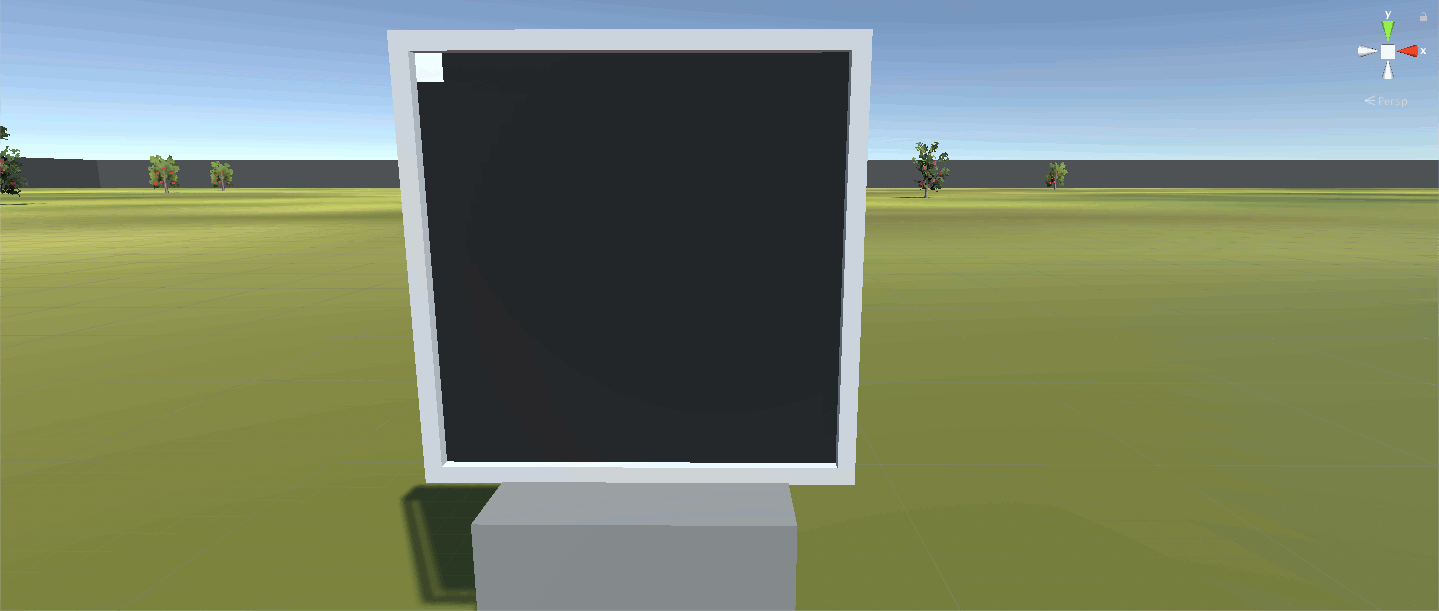RedCode and RISC/CISC (as described by my dad, a C64 vet. can never remember which, though >.<) have been my main inspirations for developing the TC-06 process set. While many of the functions already support sub-codes of their own, the main purpose of adding a dedicated sub-code function would be for utilities, mainly - which is what the current UTL code does. UTL 0 is the offset function used in the kernel, and the assembler will just directly accept OFST [starting address] to output the equivalent of UTL 0 [address].
The max clock speed seems to be a limitation specifically of the Unity function I'm using to execute the actual function that does a clock cycle, MonoBehaviour.InvokeRepeating(string methodName, float time, float repeatRate). If I could get past that, I have a feeling the clock speed limitation would disappear. Your idea about having it run multiple ticks per call of the function from InvokeRepeating is a good one - it wouldn't be hard to amp it up to at least 1.8kHz, maybe further! Unity can be a bit badly-optimized, in my experience, so even a 1kHz max would be a big deal to me - getting up to, say, 1MHz would be huge (and I'm genuinely not sure it's possible without using an external library.) I would LIKE to keep it trying to run at a specific clock speed (e.g, keep a timer, rather than just "execute as many cycles per frame as possible"), because the limitations in processor speed are a fun part of the challenge for TC-06 development.
You made a JS implementation of the TC-06? That's mind-blowingly cool! Do you plan to share it anywhere? Also, 500kHz really isn't half-bad, especially when you compare it to the current max speed of ~1/2778th that in Unity - I'm not sure that 500kHz could be topped in Unity with just raw C# stuff, but handling it with a native C++ library or similar should pretty much guarantee much higher speeds.



